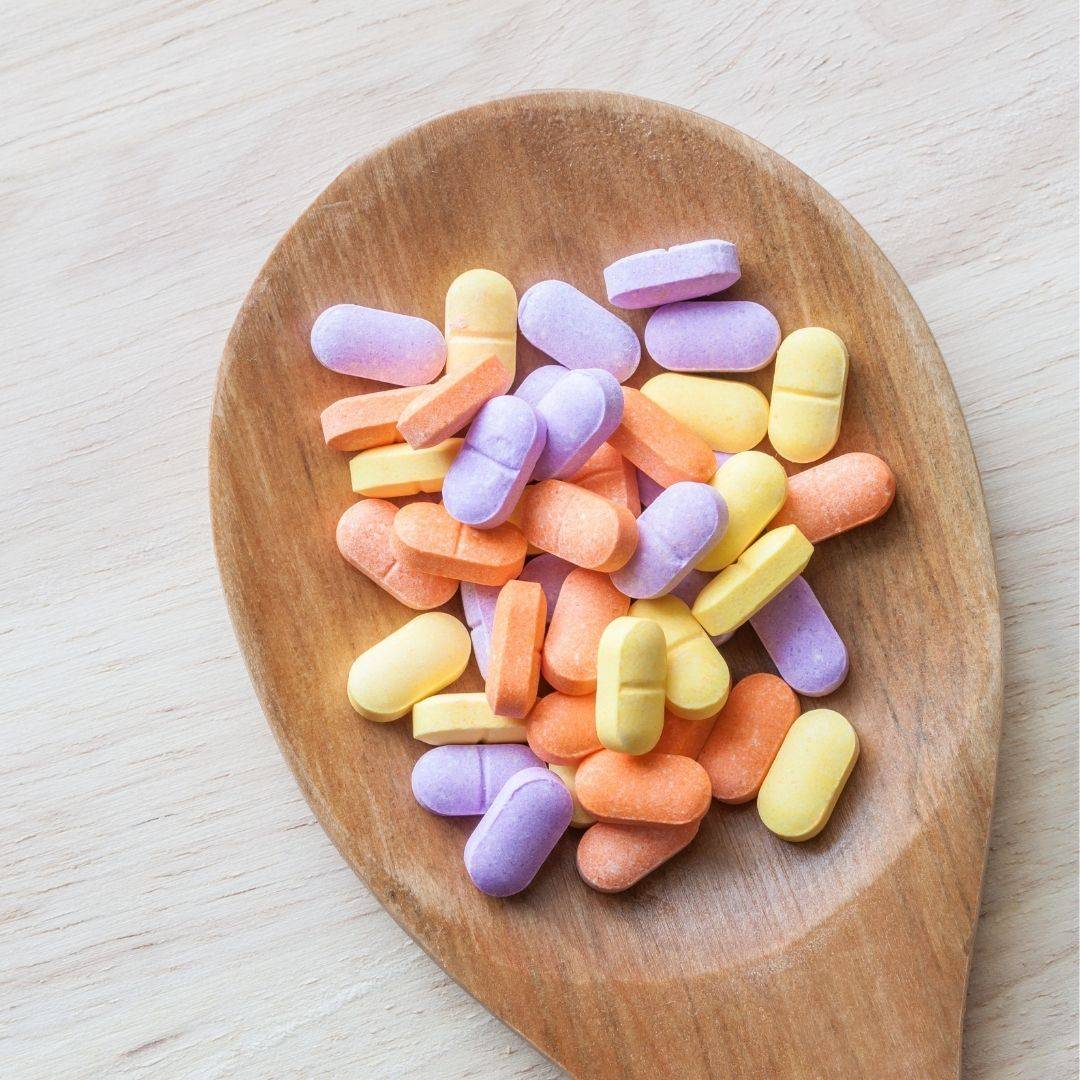No Products in the Cart

Carmen asks, “My two month old baby boy is fully breastfed and I just got back from his well check-up with his pediatrician. He was not born premature and does not have any health issues. He is growing perfectly, sleeping four to six hours stretches at night, and is developmentally on target. It is very validating to think about the fact that this is all from breastmilk. I was surprised to hear that I should be giving him a multivitamin and iron if I am breastfeeding? Have I potentially hurt him by not giving him anything before? What is the latest on this practice?”
Breastmilk is nutritionally complete and is the perfect food package for your baby boy. There is no need for extra vitamins or iron for a healthy, full term breastfed baby during the first year. Studies have shown that most vitamins, fluoride, and iron are not beneficial to healthy breastfed babies during the first six months, and some can even be harmful. Giving a baby extra iron when he was not anemic can actually cause anemia due to the excess iron blocking the body’s ability to absorb the iron from the breastmilk. Also, babies that were given iron fortified solids very early or fed cow’s milk during the first year are more at risk for low iron levels. The good news is breastmilk contains a very absorbable form of iron and that is why it is rare to see an exclusively breastfed infant under nine months with deficiencies. The only exception is the Vitamin D, which is actually a hormone. Most babies are born with stores for the first few months. The American Academy of Pediatrics recommends that all breastfeed babies receive 400 IU’s of Vitamin D soon after birth as a precaution against deficiencies and rickets. The routine use of other vitamins are not needed and the vitamin D can be given alone. The easiest way to give it is by using a brand like Carslon Baby D, 400 IU that only requires you to use one little drop at a time. It can be placed on your finger or on your nipple before a feed once a day for easy administration.
Sincerely,
Sheila Janakos, IBCLC, LE, RLC, MPH